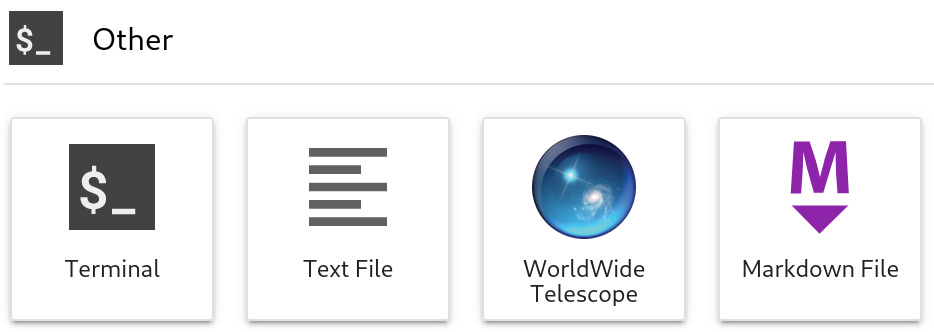

We’d like to thank Zach Sailer and Timothy George for all his UX contributions in conjunction with JaeWook (Jay) Ahn, Kiran Pinnipati, and Ai-Vy Dang the CalPoly interns that helped to implement these UX enhancements.

Try the code snippet extension online on Binder Acknowledgments To experiment with the code snippet extension without installing it locally, just click on the binder link below and then look for the code-snippet icon on the JupyterLab side-bar :
#Jupyterlab icon archive#
To back up or share my snippets, I typically create an archive from the content of this directory. In my environment, the code snippets are stored in /Users/ptitzler/Library/Jupyter/metadata/code-snippets/. The definitions are stored in the $JUPYTER_DATA_DIR/metadata/code-snippets directory, where $JUPYTER_DATA_DIR refers to the Jupyter data directory, which you can identify by running the following command in a terminal window: $ jupyter -data-dir However, you can access the relevant metadata files that contain the definitions. The code snippet extension currently doesn’t provide any import or export capabilities. You delete a code snippet by clicking the snippet’s trash icon. You edit a snippet by clicking the snippet’s pencil icon. Also, note that snippets don’t act like macros and changes to a snippet are therefore not reflected in the locations where the snippet was embedded. Do note that the editor does not keep track of where you’ve inserted a snippet.


 0 kommentar(er)
0 kommentar(er)
